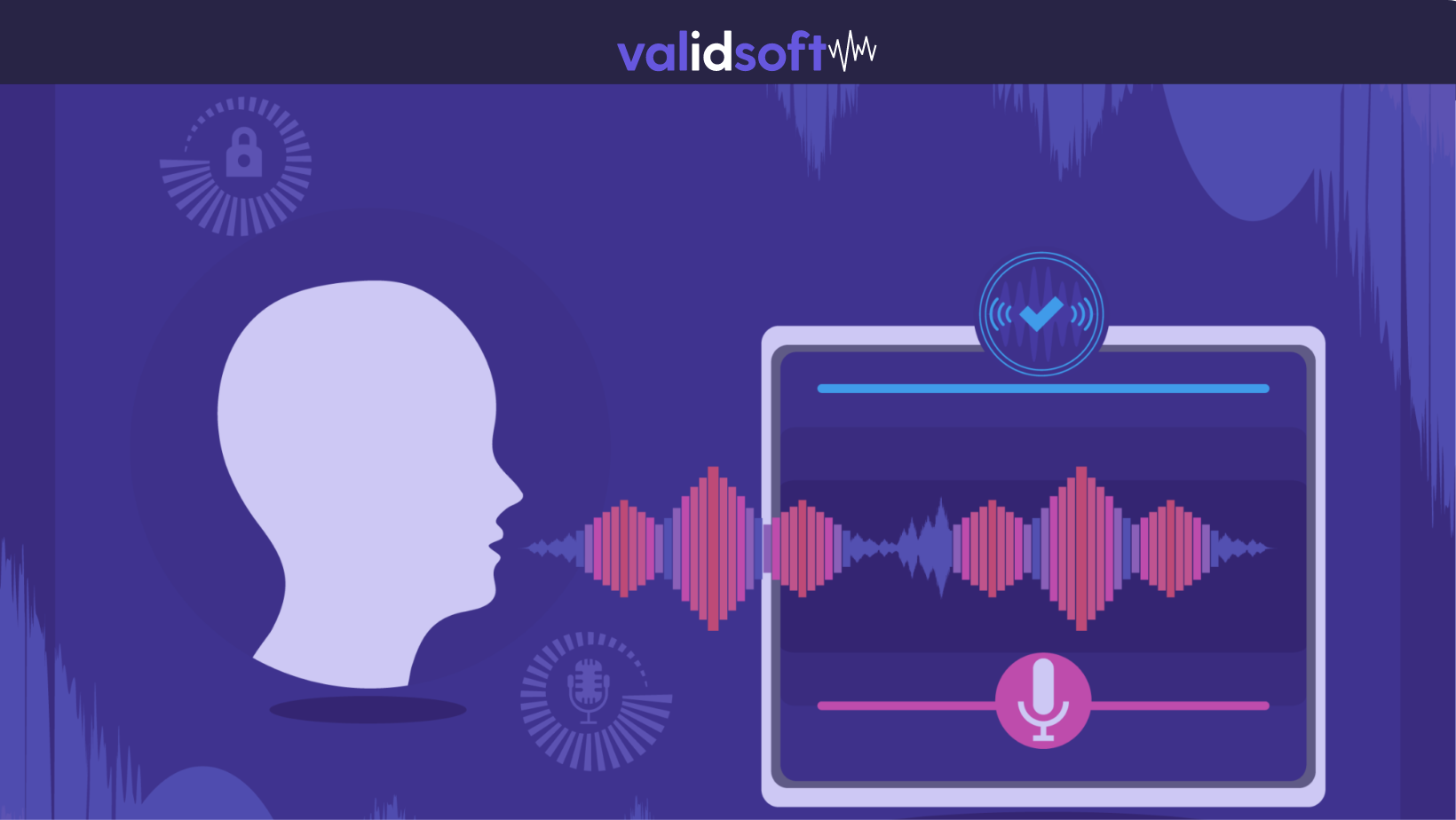The need for advanced generative AI-based deepfake detection tools: where the lines between digital fact and fiction blur, the emergence of AI audio deepfakes presents an unprecedented challenge to the integrity of information. The misuse of AI has become a widespread issue, affecting various sectors globally. This includes governmental elections, businesses, celebrities, and even everyday individuals, highlighting the growing risks associated with the accessibility of generative AI tools. Moreover, the complexity of detecting their misuse only adds to the challenge. This Scientific American article highlights the potential for harm and the societal unpreparedness in combating digital fraud.
Artificial Intelligence has long been heralded for its potential to revolutionize our world, yet the same tools that empower creativity and innovation also pave the way for misuse. The ease with which deepfakes can be created and disseminated further complicates the landscape of digital authenticity. The ability to generate convincing fakes with minimal effort – requiring as little as one to two minutes of a person’s voice – democratizes the potential for digital deception, transcending the barrier of technical skill.
The Disparity Between Creation and Detection
However, detecting these forgeries demands significantly higher expertise, underlining a daunting asymmetry in the digital realm. According to Professor Hany Farid, a pioneer in digital forensics, the difficulty of detection is exacerbated by a lack of substantial financial incentives, making it a field pursued by few. This disparity between creation and detection, as Farid notes, is disconcerting, especially in a world where the authenticity of every piece of media can be questioned.
The battle extends to the legal realm, drawing parallels with safety measures in the automotive industry. As Prof. Farid aptly notes, “Liability isn’t a perfect system, but it has protected consumers from faulty and dangerous tech before. It’s part of why cars are so much safer now than in the past”. This emphasizes the importance of enforcing existing laws and adapting the legal framework, rather than granting immunity to generative AI companies.
Technology Severing Real-world Cases
Amid this landscape, ValidSoft is the leading player in its commitment to innovation in this specialized field. Recognizing the challenges highlighted by Professor Farid, ValidSoft takes pride in its decade-long experience, standing among the few to have successfully developed and deployed audio deepfake detection capabilities across various applications.
ValidSoft’s Chief R&D, Dr. Benoit Fauve, says: “Fighting AI with AI has been a long journey predating the term deepfake and the recent wave of generative AI. This fight is not about feeding AI with tons of data and hoping for the best. It’s a journey marked by the development over the years of unique expertise and know-how in signal processing, data engineering, and AI, to build world technology that serves real-world use cases, and brings value to ValidSoft’s clients around the world”. ValidSoft’s efforts reflect a deep understanding that combating AI with AI is not merely a technological arms race but a philosophical commitment to safeguarding digital integrity.
ValidSoft’s Advanced Generative AI-based Deepfake Detection
ValidSoft’s approach is rooted in the belief that detection technology must not only be effective but also accessible, scalable, and continuously evolving to counter new threats. This commitment is mirrored in our investment in research and collaboration, embodying a proactive stance against the threat of digital deception.
The journey toward a more secure digital landscape is fraught with challenges, as illustrated by the insights shared in the Scientific American article. Yet, it’s a journey that ValidSoft embarked on many years ago, with resolve. Through continued investment and collaborative efforts, we stand at the forefront of the fight against digital deception, ensuring our detection technology remains a powerful ally in the quest for authenticity in the AI era.



